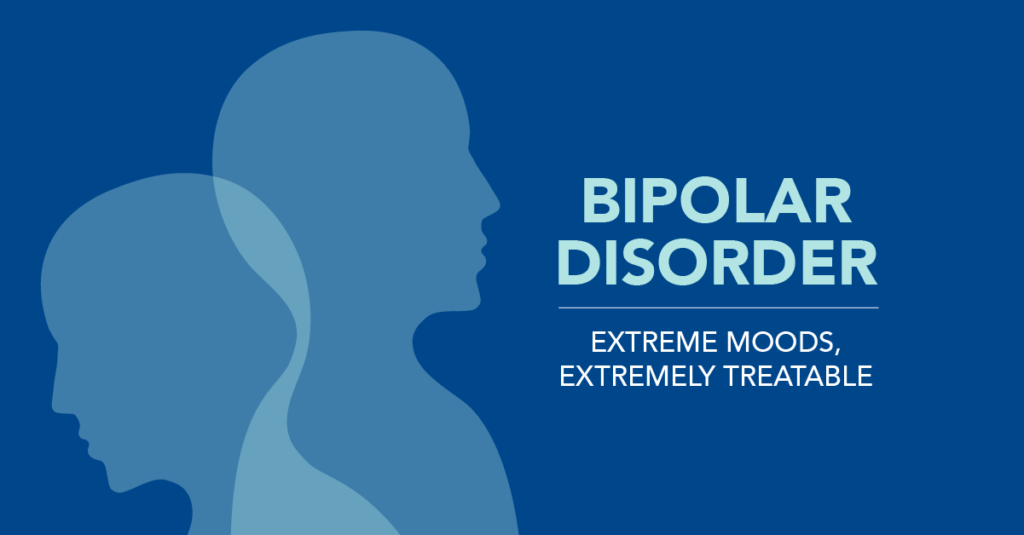Bacon is a processed meat that, despite its delicious flavour, has been related to a number of harmful illnesses.
Bacon may be your favourite food, but because it contains a lot of saturated fat and sodium, your heart may disagree.
Bacon is not what most experts would consider a healthy food because it is processed meat. In fact, the World Health Organisation (WHO) classified bacon and other processed meats as class one carcinogens, joining asbestos and tobacco in the list of chemicals proven to cause cancer.
Bacon’s Nutritional Value
Bacon is traditionally made from pig’s sides and belly meat that has been salted and chopped into strips. These are arguably of the fattytest steaks available, and salt curing increases their sodium content significantly above uncured portions. According to information provided by the U.S. Department of Agriculture, two slices of pan-fried bacon have 108 calories, 8 grammes of protein, 2.76 grammes of saturated fat, and 386 milligrammes (mg) of sodium per serving.
However, bacon isn’t entirely awful, like most things.Bacon has a lot of protein and offers a lot of B vitamins.
Despite the recent promotion of plant-based diets by health advocates, research revealed in Current Nutrition Reports in June 2022 https://pubmed.ncbi.nlm.nih.gov/35194768/ acknowledges that meat provides leucine and other essential amino acids and that the results of studies comparing the advantages of animal- and plant-based proteins have been conflicting.
Bacon’s Nutritional Drawbacks.
Saturated fats and sodium, two well-known dietary irritants, are abundant in bacon. According to Derocha, diets heavy in sodium and saturated fat can cause harmful health conditions like high blood pressure, atherosclerosis, high cholesterol, and heart disease. The American Heart Association (AHA) advises consuming no more than 2,300 mg of sodium and 13 g of saturated fat per day.
In the category of cured and preserved meals, which also includes charcuterie, hotdogs, pepperoni, and sliced deli meats, bacon is also regarded as a type of processed meat. According to the WHO, there is enough epidemiological evidence to conclude that consuming processed beef increases the risk of colorectal cancer and may also be linked to pancreatic, prostate, and stomach cancers.
It’s not just because of the elevated risk of cancer that processed meats should be avoided. Nitrates, which are utilised in bacon to maintain flavour and colour, are another issue. Both “fresh” or “uncured” bacon, which is actually cured with nitrates, and cured bacon, which is treated with nitrates, are available at the store. According to Harvard Health, your body doesn’t distinguish between these natural
nitrates and the synthetic ones that are typically used. According to a review, nitrates raise the risk of colon cancer, while other studies have linked them to breast and prostate cancer.
What Quantity of Bacon Is Safe to Eat?
The good news is that, unlike cigarettes, nutritionists do not advise completely giving up bacon.
For overall health, restrict your consumption of processed meats to once per week or once every other week. A serving could consist of three to four slices at that rate. If you consume bacon more frequently than that, a serving should consist of one to two pieces.
If you have no health problems, eating a few slices of bacon once or twice a month as part of a healthy diet shouldn’t be a problem. However, if you have hypertension or cardiovascular artery disease, I would strongly advise against eating any bacon at all. Keep in mind that all bacon is a highly processed, sodium-rich product.
Summary
You don’t need to be terrified of bacon if you have the information. If you adore it, you can eat it in moderation because even dietitians agree with this statement. The amount of sodium, saturated fat, calories, and fat that you consume each day should be taken into account, when you do, savour it to the fullest while always keeping in mind the wider picture of your general diet and way of life.





